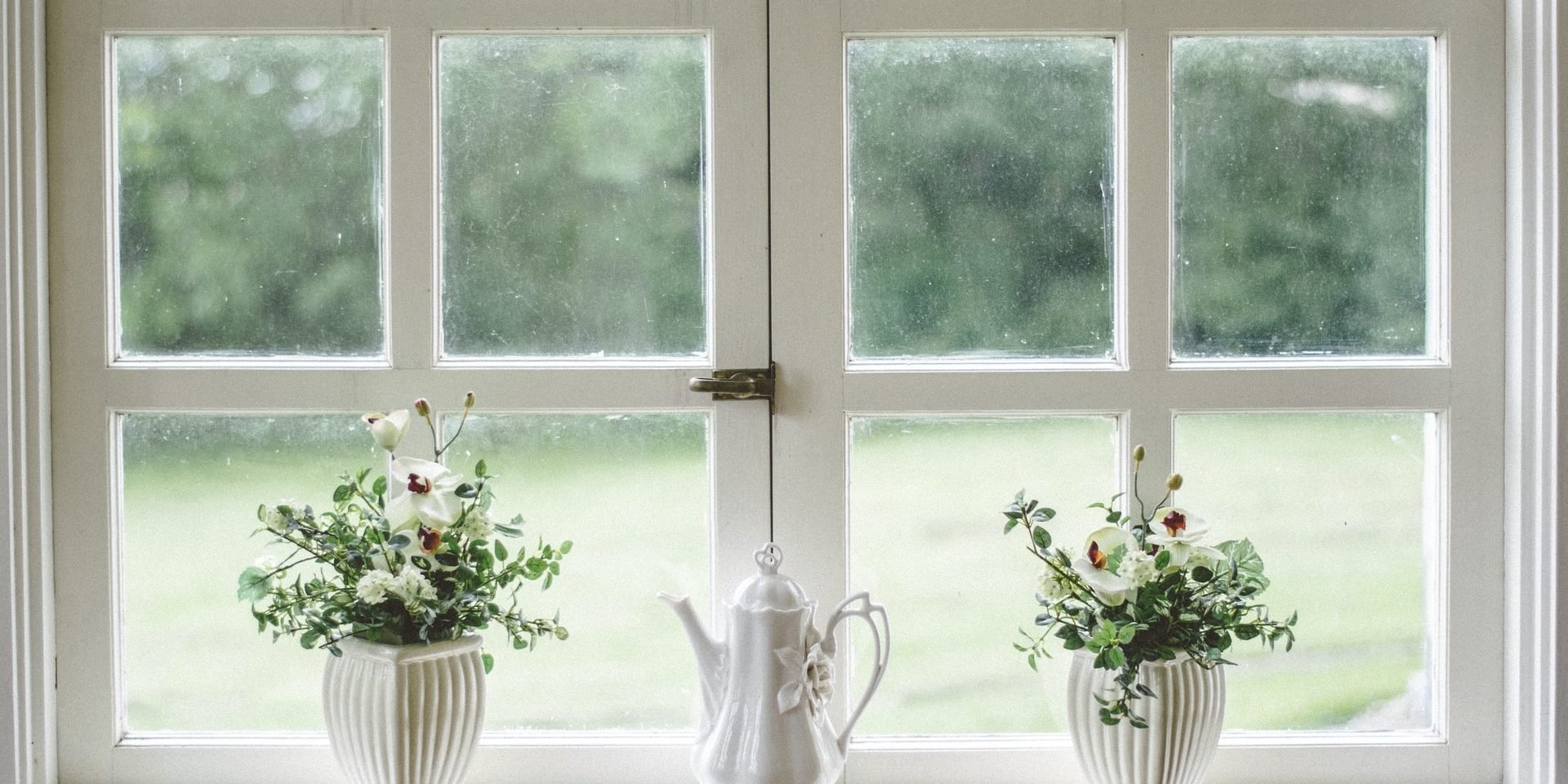
Building Basics: How Windows Work
South Carolina Construction Defect Lawyers Explain Window Problems
All residential buildings have windows—the building codes require windows—, but those seemingly simply panes of glass are complicated components that let light in while keeping water and air out. Windows come in a variety of types and styles, but modern windows generally all work the same way.
First, an understanding of the terms for parts of a window is useful for anyone dealing with windows. The top of a window is the head, and the bottom of the window is the sill. The two sides of the window are the jambs. Glazing is a fancy term for glass. The sash are the dividers separating the panes of glass that make up a window, but today most sashes are just decorative, and the window is a continuous vertical pane of glass. While windows today do not have numerous panes of glass, most windows today have panes of glass stacked vertically next to each other and separated by a vacuum or gas filled cavity to provide insulation. These windows are referred to as double glazing, triple glazing, or quadruple glazing depending on how many vertical layers of glazing are present. Most windows today have a nailing fin running around the perimeter of the window, and the nailing fin is the part through which nails or screws are installed to attach the window to the building. Finally, a window is placed in a rough opening. The rough opening is the hole in the wall that the window is installed in and attached to, and the perimeter of the window is then covered with flashing and cladding to create the finished assembly.
Windows today come in a variety of materials and types. Historically, windows were constructed of wood, but today most windows are made of vinyl (plastic) or aluminum. Windows also come in a single unit or in multiple units combined together which is referred to as a mulled window or gang window. A window can be mulled (joined together) in the factory where the windows are made or mulled in the field by the window installer. The mull—the place where the two window units are joined together—is a point of weakness for the entry of water.

The window on the right is a mulled window.
Other than the mull between joined windows, there are two locations where windows have to keep water from getting in. First, water can get in at the joint between the window unit and the opening in the framing where the window is installed (the rough opening).
Buildings keep water from getting in at the joint between the window and framing by integrating the water-resistive barrier (often called the housewrap or building paper) with the window opening in a particular sequence and then installing flexible flashing around the opening in a particular sequence.

The square opening on the left on the front of this home is a rough opening where the stud framing and sheathing have been installed. The water barrier will be installed on top of the sheathing, the window will be installed into the rough opening, and then flashing will be installed around the window.

The windows on the left are fully installed. The photo shows the water barrier installed across the sheathing, the windows installed into the rough opening, and flashing installed around the windows. On the right, the builder is in the process of installing the window in the rough opening. You can see the sequencing of the water barrier and flashing installation underway, with the water barrier temporarily tacked above the window and the flashing already installed across the rough opening at the sill.
When a window installer does not install the barrier and flashing correctly, water can slowly enter the wall during each rain. The amount of water that enters the wall each rainstorm may be small, but over years the water will keep the wall assembly moist and allow the framing to rot. Left unrepaired, the framing can rot away to the point that a portion of the framing is no longer structurally sound. Improper window installation and water intrusion often become apparent to owners when water drips from the top (the head) of a window or when the drywall at the bottom (the jamb) of the window is stained. However, sometimes the owner has no idea anything is wrong with the window until staining appears at a baseboard below the window or termites are found in the wall. We often find extensive rot damage around windows where owners had no idea there was any problem with the window.
The second location water can get in at a window is through the window assembly itself. Modern windows have multiple design components intended to eliminate water entry through the window. Windows have a drainage system built in with weep holes that allow water to drain out of the window assembly. Windows also have compartments built into the window frame with a path for water to drain out, but the series of compartments and the circuitous route of the water exit path serve as baffles to prevent wind from driving rain into the window assembly.

The photo shows the many compartments built into the frame of a vinyl window. The photo also shows the multiple layers of glass making up this triple-glazed window, the space between each layer of glass for insulation purposes, and the seal isolating the area between the layers of glass from the entry of outside air.
A common problem seen in windows that may at first appear to be a water leak is water or fogginess between the panes. Modern windows with multiple vertical pieces of glass stacked next to one another with a vacuum or layer of gas between them for insulation have a seal around the glass to maintain the vacuum or keep the gas in. If that seal breaks, air can get in. With a temperature difference between the outside air entering the space between the glass layers and the air inside the home, condensation can then occur between the layers of glass. The water or fogginess between the layers of glass is not a sign of water leaking in, but rather a sign of condensation. While probably better than water leaking into the building, broken window seals are still a problem. A window with a broken seal no longer provides the intended insulating properties. Heat can more easily pass through the window, thereby causing heat to pass more easily into the cooled home during the summer and to pass more easily out of the heated home during the winter. Owner energy bills increase as the heating and cooling system must work harder to condition the interior of the home.
Window seals can break over time for benign reasons, but where numerous window seals break on a building, something more is likely occurring. Other potential causes of broken seals include a manufacturing defect and damage by the window installer during installation. One of the more surprising and sadly common causes of broken window seals that we see is the installation of bricks or other masonry too close to the window. Masonry expands and contracts as it absorbs moisture and dries and also as it heats and cools, and windows installed too close to masonry can be squeezed by expanding masonry, a process known as brick bind. The stress on the window from the masonry squeezing it can break the window seals. Masonry standards warn installers of this problem and how to avoid it, but installers still often install masonry too close to windows.
As this discussion hopefully makes clear, while a window may seem like a simple assembly of a piece of glass in a frame, modern windows are complicated systems designed to keep water out and limit the movement of heat. Properly installed windows are feats of modern engineering, but improperly installed windows can create massive problems for building owners.
This piece first appeared in Issue 16 of the 2021 South Carolina Community Associations Institute newsletter.




















